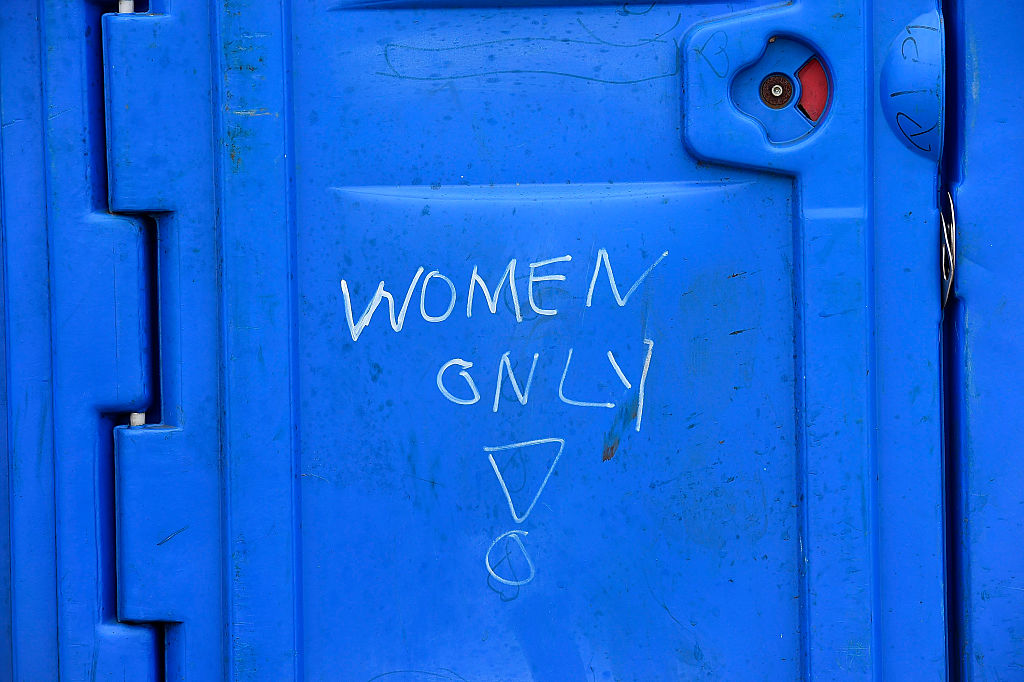A confession: when I set off on my journey down the rabbit hole of gender issues, I was a bit sceptical and possibly even dismissive of some of the fears raised by some of the more animated feminist participants in the debate. When I heard women talking about “erasure” and the removal of women as a distinct category of people from public conversation and policy, I had my doubts.
I mean, the concept of “woman” is pretty robust, isn’t it? Just because a number of male-born people start describing themselves as “women”, the fundamental concept of “woman” will surely remain as the vast majority of people understand it to mean: “adult human female,” in the phrase of the Oxford English Dictionary. But honestly, eight months on from first writing about this topic, I’m starting to wonder.
Take that definition I just used. I’m not one for treating dictionaries as holy texts, but I suspect that if you asked most people on the proverbial Clapham Omnibus to define “woman”, they’d offer you something similar to that, and regard their definition as pretty mundane.
In fact, defining “woman” as “adult human female” is actually offensive, apparently because it excludes those women who are not, in fact, biologically female. That seems to have been the argument that led Primesight, a billboard company, to take down a poster in Liverpool bearing that same definition.
In other cases, organisations have gone to some lengths to simply avoid using the word ‘woman’. See, for instance, Cancer Research UK’s decision to advertise cervical screening to ‘everyone with a cervix’, because not everyone with a cervix identifies themselves as a woman.
Today, I learned a new word: ‘womxn’. That came from the Wellcome Collection, a London museum that will this month stage an exhibition called ‘Daylighting’ to ‘explore the interconnections of art, activism, performance, politics, health and print’. The museum describes a ‘four-day programme of letter printing presses, zine workshops, discussions on how womxn can challenge existing archives, wikipedia 101 & more’.
‘We’ve had some questions about why we’re using the word womxn for this event. We’re using it because we feel that it is important to create a space/venue that includes diverse perspectives,’ the museum says.
‘Womxn’ is apparently a relatively common term on US university campuses, as it ‘allows space for individuals who identify as genderfluid, genderqueer, gender non-conforming, or non-binary,’ according to the Daily Dot website. The ‘x’, we are told, ‘opens up the free-human-woman concept to include trans women’, since, of course, ‘woman’ excludes such people.
To honest, I have no real problem with people describing themselves as womxn, or mxn, or anything else. What you call yourself is up to you. But I have questions. What about the women who don’t want to be called ‘womxn’? Is the world now to be divided into ‘men’ and ‘others’, where ‘others’ denotes a group of which ‘adult human females’ are a subset? That, I think, is quite a big deal, and not a matter of semantics: witness the number of public buildings that have converted what were hitherto called ‘women’s toilets’ into unisex facilities, while leaving the ‘men’s’ facilities unchanged.
Words matter. The word ‘woman’ matters. Some people say that word is under attack, by a movement that wants to remove it from the language, and the law, with all that that implies for the people it describes. When I first heard that warning, I didn’t listen. I’m listening now. You should too.
Update: Since this piece was written, the Wellcome Collection has changed its mind and issued this admirably honest and reasonable statement:Someone there is listening to women, it seems. It can only be hoped that others do the same.‘We invite challenges to our thinking and we listen to our audience, which is why we’ve taken the decision to remove the word womxn from our website and communications about the Daylighting event. We’re sorry that we made the wrong call.’








Comments